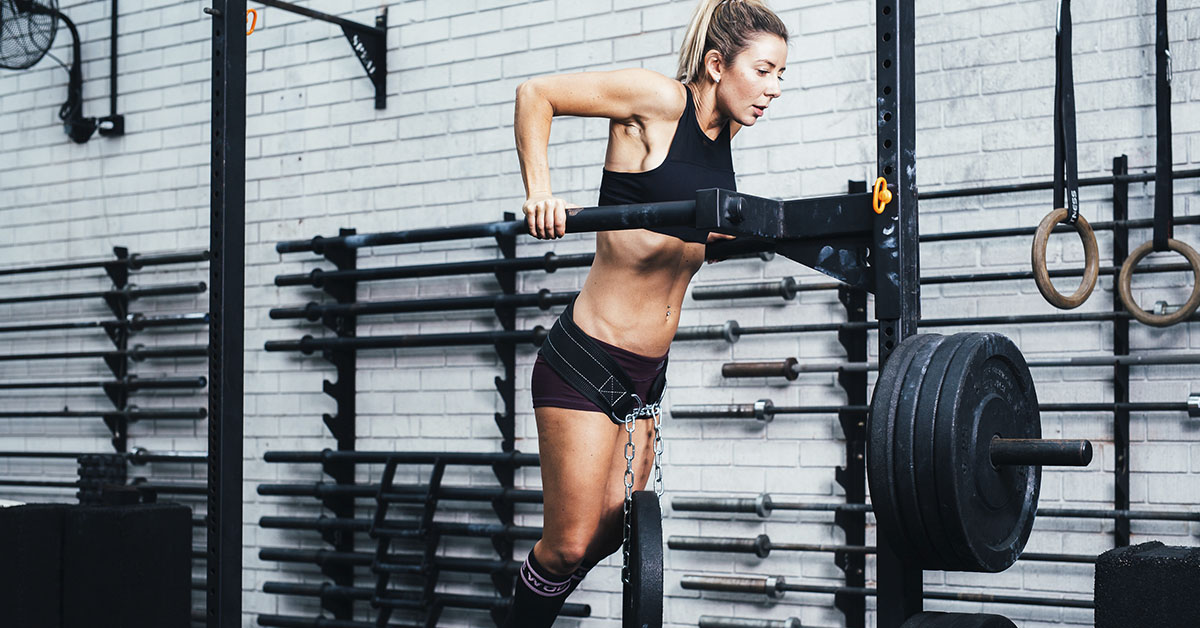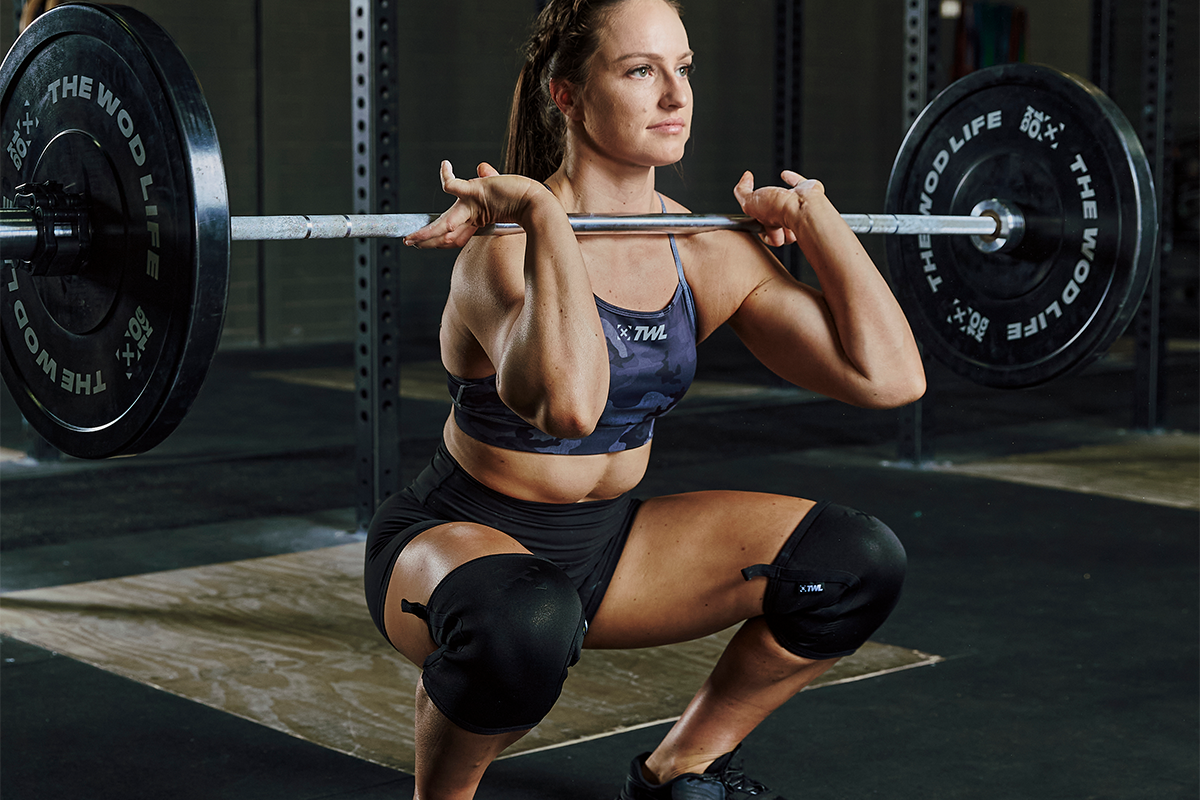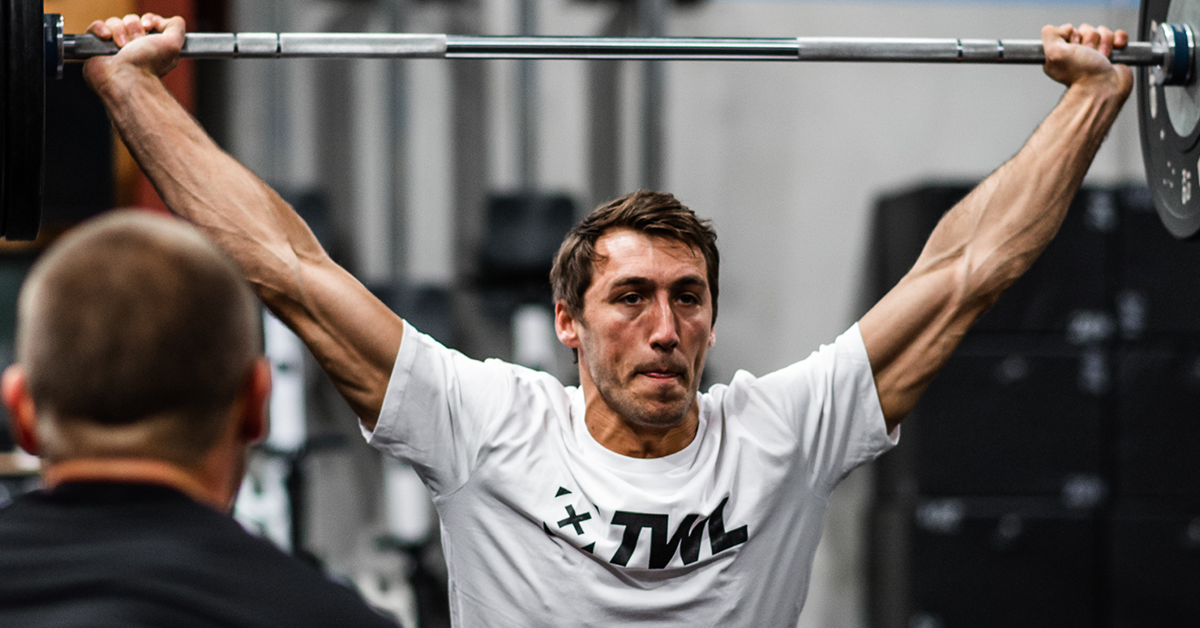As Olympic weightlifting is a full body training, it demands the most out of every muscle group. Any weaknesses in the chain from your triceps to your calves can quickly reveal themselves as plateaued performance. We usually rush to lift heavy rather than lift well and consistently, forgetting about all the “extras” that make great lifters — one of which is accessory training. Accessory training acts as a supplement to your lifting.
Before we tell you about how great accessory training is and you run with that, just keep in mind that perfection is everything. The body learns timing and makes movement patterns a habit by repetition. Rather than trying to lift more weight, try to lift the same weight 50 to 90 times before adding intensity to the load. Accessories will help you achieve cleaner lifts.
Accessory Training and Weightlifting
When it comes to correcting imbalances and weak points, accessory training is everything. One or, at most, two days per week should be dedicated to accessory training. Alternatively, you could add one or two accessory exercises to your lift days.
Adding accessory movements to your training:
- corrects imbalances.
- improves speed.
- improves strength.
- addresses your unique weaknesses.
Accessory exercises are things like abdominal work, bent over rows, hyperextensions, pull-ups, push-ups, presses and even leg presses, according to some coaches. It may also include barbell work like clean and snatch deadlifts and pulls.

The specific type of accessory movements you need will depend on your weaknesses. For example, people who tend to lift their hips prematurely during a snatch or clean usually need leg work. Accessory days should include good mornings and lunges, and even more squats.
If you find that you are unstable in a catch position or bend your elbows after catching a barbell, your coach will likely recommend push presses or strict pressing overhead. This will reinforce weak triceps, deltoids and traps.
Your coach is going to be one of the best sources to determine what exactly you need. When it comes to speed and getting under the bar, there is no substitute for practice. On the other hand, practice combined with accessory movements like box/block snatches is a great idea.
Add a day or two of a few necessary accessory exercises to your lifting program to improve performance efficiently. Always ask a third party to evaluate and critique lifts to determine what you might be lacking. Finally, be patient. Expect perfecting a snatch to take several thousand repetitions.

















